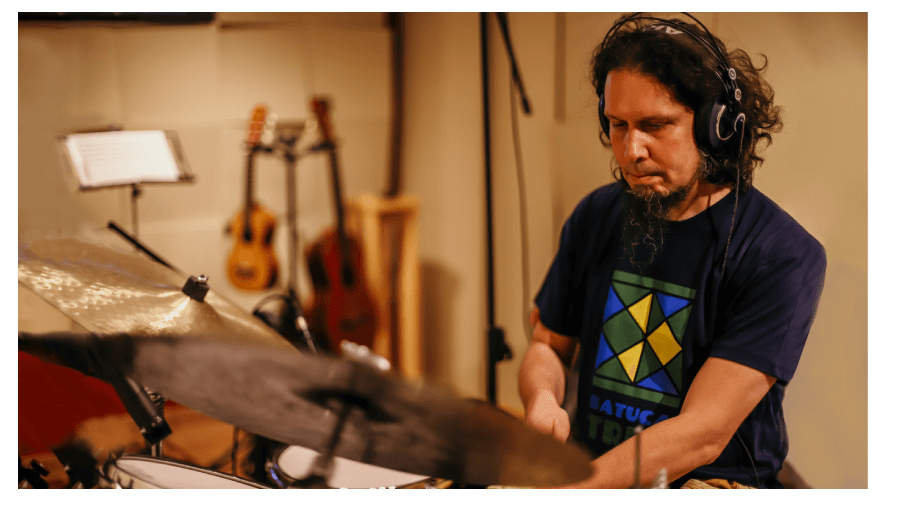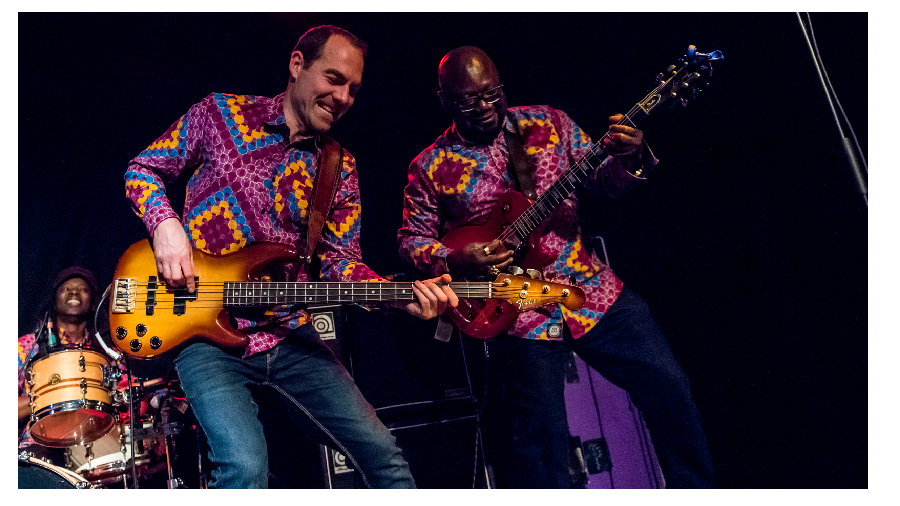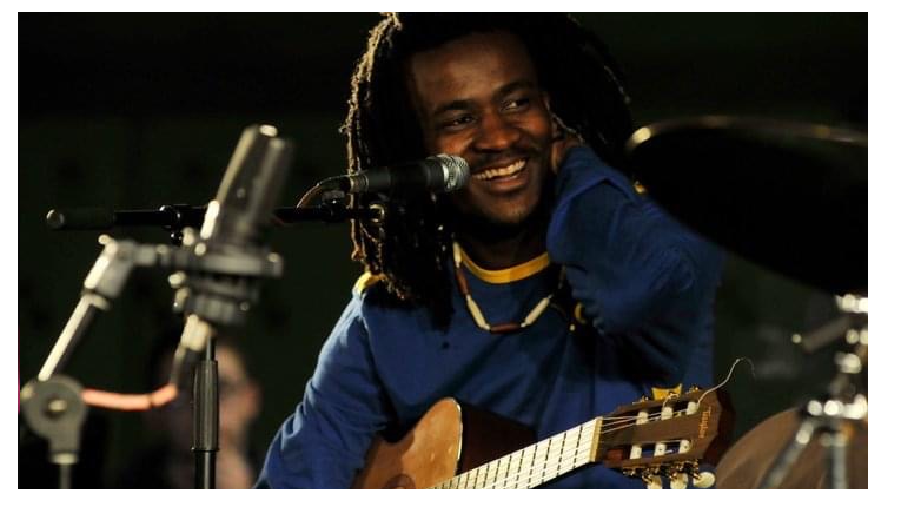Syncopations in African Music
It’s no secret that music sparks an emotional response in the listener. Different rhythms, pitches of notes, and instruments all unlock different feelings, but how does our brain decipher this? How do we differentiate between different sounds, styles, and genres? How do we know whether we like something or not?
In African music, everything comes down to the rhythm. From the 12/8 traditional Chimurengua grooves of Zimbabwe to the Gnawa music of Morocco, musicians across the continent rely heavily on syncopation. It’s how they keep the dancefloor moving throughout those famously long concerts. One of the best examples is the four to the floor pacing drumbeat of Congolese Sebene. Made famous by early pioneers like Zaiko Langa Langa and Viva La Musica, the Sebene style demands a very specific and driving bassline that relies heavily on syncopated 16th notes (semiquavers). Outside Congo, this captivating style is known as Soukous. Influential bass players like Gode Lofombo imitated the different pitches of traditional percussion instruments, creating an innovative bass guitar style that incorporated all four strings.
In our first ever World Music Method blog post, Edd Bateman explains how developing an understanding of syncopations will enhance your ability to make audiences dance. Check out the video below, and be sure to stay tuned – we’ll be releasing new videos each week!




Dear Edd,
Fantastic! I am loving what you are building here. As a player and a teacher, I am learning so much. Can’t get enough! Many Thanks to you and all the other masters.
Many thanks to you to as it’s really the enthusiastic students which make up the World Music Method.
Thanks! Just what I need on this cold dark and wet morning not too far from the Arctic Circle ????
Nice. Let us know what else you want to hear and we’ll try and work it into these weekly blogs.